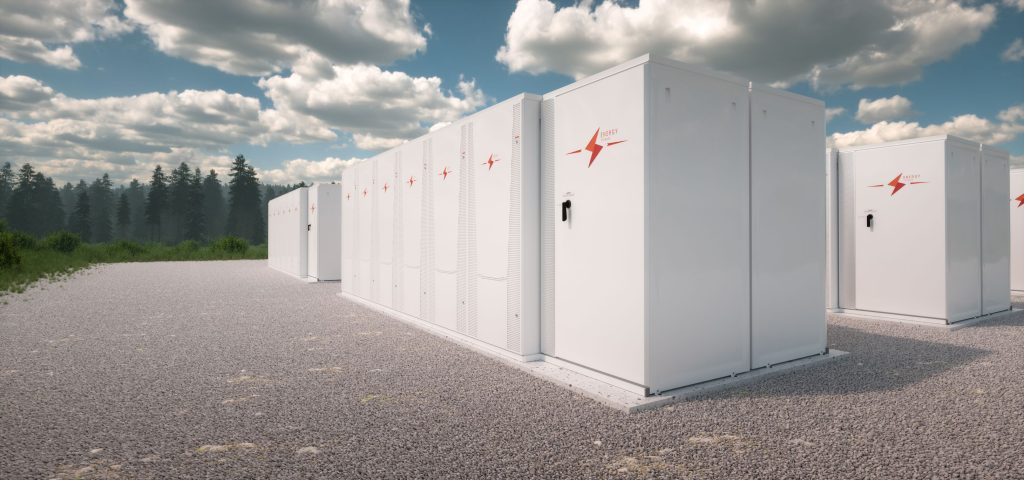Optimising site configuration and trading strategy for battery assets is a challenge, developers need to consider access to different markets, trading capabilities and risk appetite. These are in addition to physical and location considerations such as technical limitations and network charging. However, one thing that has always been taken as almost a given for batteries is having some long-term revenue certainty through Capacity Market (CM) agreements.
The CM provides new generators and demand-side response (DSR) providers with guaranteed payments for up to 15-years, which helps them to secure investment. While this has helped support investment in various forms of generation, one important factor that is not often discussed is the requirement for battery storage sites to demonstrate what is known as Extended Performance. This is something that isn’t immediately obvious for CM participants, but not considering it could be very costly for battery developers.
In this two-part blog I’ve tried to highlight the importance of the Extended Performance test, explain the potential financial implications of failing it, and put forward some potential ways to address it.
De-rating, degradation and Satisfactory Performance Days
One of the CM’s most important elements is that of de-rated capacity. A technology’s de-rating factor is designed to be reflective of the contribution it can make to security of supply. Technologies that can be relied on to be on the system when needed receive a much higher de-rating factor than a non-dispatchable intermittent technology. For example, for the 2022-23 T-1 auction scheduled for early 2022 reciprocating engines will have a de-rating factor of 95.47% while solar sites will have 2.15%. For duration limited storage (i.e. batteries), the de-rating factor applied is directly linked to the duration. For the same auction a 0.5hr battery will have a 12.94% de-rating factor while 5.5hr+ batteries will have 94.61%.
All CM participants will have their ‘Connection Capacity’ multiplied by their relevant de-rating factor to give a ‘de-rated capacity’. It is this capacity that is entered into the auction, and crucially that participants’ payments are based on.
Once a generator or DSR provider has a CM agreement it is required to demonstrate three “Satisfactory Performance Days” (SPDs) for every year covered by its agreement. This test essentially requires Capacity Market Units (CMUs) to meet or exceed their de-rated capacity obligation three times in the Winter of each Delivery Year. Failing the test twice results in a Termination Fee of £15,000/MW (based on de-rated capacity).
For the majority of CMUs passing the SPD tests shouldn’t be an issue (excluding things like outages). However, for battery CMUs their degradation over time also needs to be considered. For shorter duration assets (<2hrs for example) the de-rating factors are low, so we would expect them to outweigh any potential degradation over time. I.e. a shorter duration battery is unlikely to be degraded to the point where it cannot deliver its de-rated capacity. For context, in our battery revenue modelling we typically assume degradation of between 0.5% and 5% per year.
Where we see the real challenge is around the additional Extended Performance test…
The challenge of Extended Performance
Unlike all other CMU types, storage CMUs are also required to demonstrate Extended Performance during at least one of their SPDs in the first Delivery Year and then once every three years from then on. For this test a storage CMU is required to generate continuously at the de-rating factor for storage that is not duration limited – which has remained broadly around 95% in recent years.
This means that in the first year of a Capacity Agreement, and then every three years after that, a battery CMU must prove that it can deliver ~95% of its Connection Capacity continuously for its full duration. So, for example, a 10MW battery with a 2hr duration would be required to deliver 10MW*95% = 9.5MW continuously for two hours.
This is why degradation is a material issue for batteries within the CM. Under the current rules and testing regime if a storage CMU is unable to sustain at least ~95% of its usable capacity over the full period of its CM agreement (up to 15 years) it will face a Termination Fee of £15,000/MW (based on de-rated capacity).
It’s well understood that different batteries degrade at very different rates depending on their initial specifications and the way they’re operated. However, it is unlikely many batteries currently available can guarantee to only degrade by ~5% over a 4 year period, let alone over 7, 10 or 13 years. So, unless battery CMUs consider degradation when choosing the capacity/duration that they enter into the CM they are almost guaranteed to fail this test and face the Termination Fee.
On Friday 29 October we will be publishing the second part of this blog where we put forward some potential solutions to this issue.
You may also be interested in…

Batteries, the Capacity Market and the challenge of Extended Performance – Part 2
In summary, due to degradation overtime it is currently not possible for batteries to be paid for their full capacity in the CM without risking significant fines. In this follow up blog, we put forward some potential solutions to this issue.

Consultancy | Energy storage and flexibility
We are at the forefront of the energy storage and flexibility sector, helping customers successfully deploy battery storage, flexible power generation and demand-side response. In addition, we provide strategy and business case development, revenue forecasting and commercial and regulatory investment due diligence.

Insight Paper | Reaching net zero: the value of flexibility
With battery storage and demand-side response (DSR) set to play a significant role in supporting the delivery of greater amounts of renewable power and managing electricity networks, we consider revenue streams for related flexibility services across Great Britain (GB), Ireland, and Australia.

